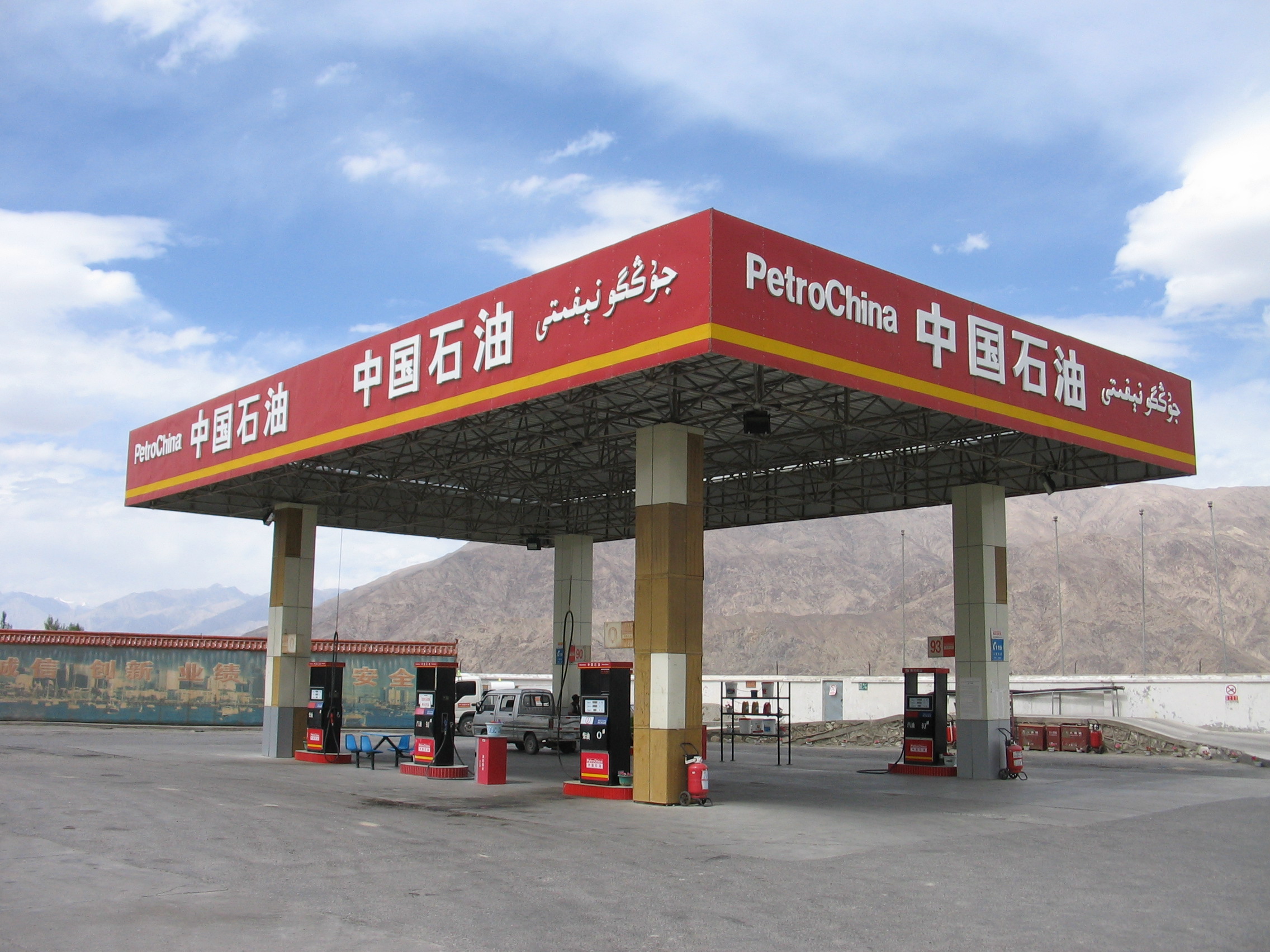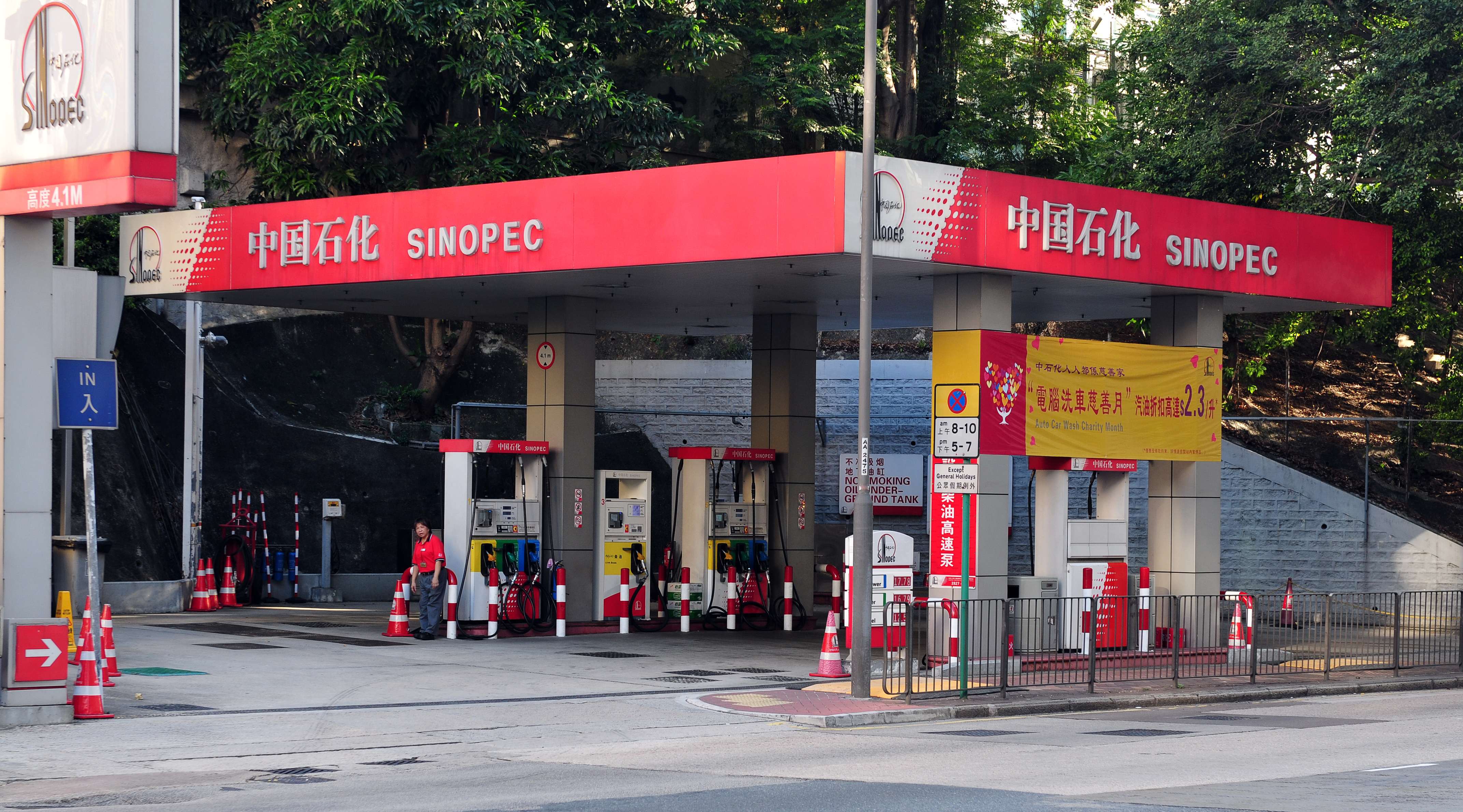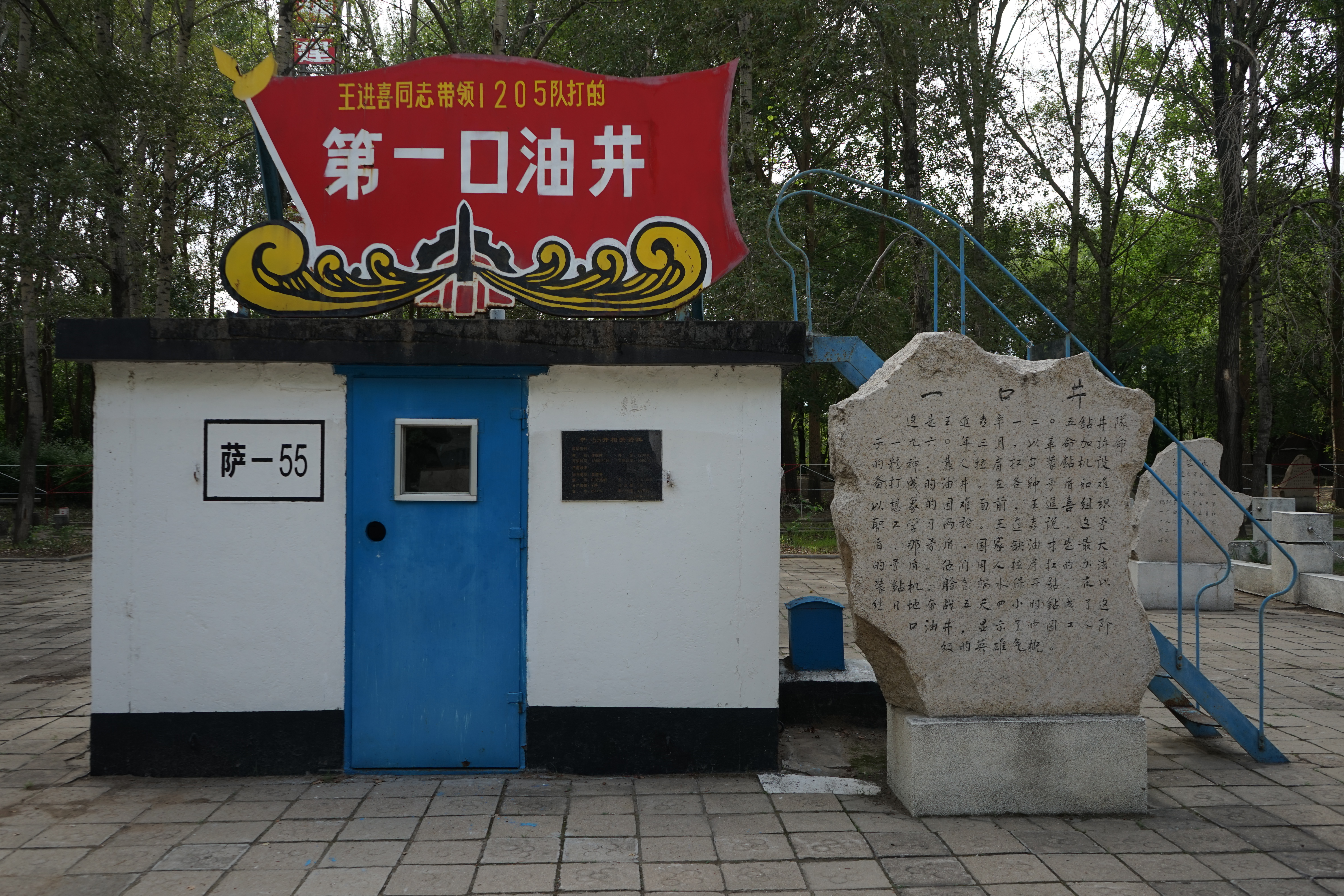|
Tazhong
Tazhong (; Pinyin ''tǎ zhōng zhèn'') is a town in Qiemo County, Bayingolin Mongol Autonomous Prefecture, Xinjiang. Tazhong administers one community: Tazhong Community (). Tazhong was created on July 24, 2015. Geography Tazhong is located in the Taklamakan Desert. Climate Economy The petroleum industry makes up most of the economy of Tazhong. There are more than 100 oilfield units and engineering construction units such as PetroChina Tarim Oilfield Branch, Sinopec Northwest Oilfield Branch, Daqing Oilfield Tadong Company, and nearly 100 various commercial outlets in the area of Tazhong. Other than petroleum, the service and tourism industry also support Tazhong. Transport Tarim Desert Highway 200px, Vegetation on either side of the highway to prevent shifting sand dunes from covering it, as well as a blue pump house in the distance. 200px, PetroChina gas station on the highway route The Tarim Desert Highway (), also known as the Cross- ... runs through Tazhong. ... [...More Info...] [...Related Items...] OR: [Wikipedia] [Google] [Baidu] |
Tarim Desert Highway
200px, Vegetation on either side of the highway to prevent shifting sand dunes from covering it, as well as a blue pump house in the distance. 200px, PetroChina gas station on the highway route The Tarim Desert Highway (), also known as the Cross-Desert Highway (CDH) or Taklamakan Desert Highway, crosses the Taklamakan Desert in China. There are now three highways: two main highways and one branch highway. Lunmin Highway The Lunmin Highway links the cities of Luntai () on National Highway 314 and Minfeng () on National Highway 315, on the northern and southern edges of the Tarim Basin. The total length of the highway is , approximately of which crosses uninhabited areas covered by shifting sand dunes, making it the longest such highway in the world. History Construction on the highway began in 1993 because of expansion in the petroleum industry, requiring fast shipping across the Taklamakan desert. Construction was completed in 1995. Maintenance To prevent the shifting sands ... [...More Info...] [...Related Items...] OR: [Wikipedia] [Google] [Baidu] |
Qiemo County
Qiemo County () as the official romanized name, also transliterated from Uyghur as Qarqan County ( Uyghur: ; ), is a county under the administration of the Bayin'gholin Mongol Autonomous Prefecture in the Xinjiang Uyghur Autonomous Region Xinjiang, SASM/GNC: ''Xinjang''; zh, c=, p=Xīnjiāng; formerly romanized as Sinkiang (, ), officially the Xinjiang Uygur Autonomous Region (XUAR), is an autonomous region of the People's Republic of China (PRC), located in the northwest ... of the People's Republic of China, bordering the Tibet Autonomous Region to the south. Its area is and, according to the 2002 census, it has a population of 60,000. The county seat is at Qiemo Town. Name "Qiemo (W-G: Ch'ieh-mo) 且末 = modern Cherchen or Charchan (Uyghur: ''Qarqan''). There has been uncertainty about this name as Chavannes (1907), p. 156, and then Stein (1921a), Vol. I, 296 ff., gave an incorrect romanization for the first character. Chavannes, using the EFEO Chinese transcr ... [...More Info...] [...Related Items...] OR: [Wikipedia] [Google] [Baidu] |
Taklamakan Desert
The Taklimakan or Taklamakan Desert (; zh, s=塔克拉玛干沙漠, p=Tǎkèlāmǎgān Shāmò, Xiao'erjing: , dng, Такәламаган Шамә; ug, تەكلىماكان قۇملۇقى, Täklimakan qumluqi; also spelled Taklimakan and Teklimakan) is a desert in Southwestern Xinjiang in Northwest China. It is bounded by the Kunlun Mountains to the south, the Pamir Mountains to the west, the Tian Shan range to the north, and the Gobi Desert to the east. Etymology While most researchers agree on being the Persian word for "place", etymology of ''Takla'' is less clear. The word may be a Uyghur borrowing of the Persian , "to leave alone/out/behind, relinquish, abandon" + ''makan''. Another plausible explanation suggests it is derived from Turki ''taqlar makan'', describing "the place of ruins". Chinese scholars Wang Guowei and Huang Wenbi linked the name to the Tocharians, a historical people of the Tarim Basin, making the meaning of "Taklamakan" similar to "Tocharistan". A ... [...More Info...] [...Related Items...] OR: [Wikipedia] [Google] [Baidu] |
Pinyin
Hanyu Pinyin (), often shortened to just pinyin, is the official romanization system for Standard Mandarin Chinese in China, and to some extent, in Singapore and Malaysia. It is often used to teach Mandarin, normally written in Chinese form, to learners already familiar with the Latin alphabet. The system includes four diacritics denoting tones, but pinyin without tone marks is used to spell Chinese names and words in languages written in the Latin script, and is also used in certain computer input methods to enter Chinese characters. The word ' () literally means "Han language" (i.e. Chinese language), while ' () means "spelled sounds". The pinyin system was developed in the 1950s by a group of Chinese linguists including Zhou Youguang and was based on earlier forms of romanizations of Chinese. It was published by the Chinese Government in 1958 and revised several times. The International Organization for Standardization (ISO) adopted pinyin as an international standard ... [...More Info...] [...Related Items...] OR: [Wikipedia] [Google] [Baidu] |
Towns Of China
When referring to political divisions of China, town is the standard English translation of the Chinese (traditional: ; ). The Constitution of the People's Republic of China classifies towns as third-level administrative units, along with for example townships (). A township is typically smaller in population and more remote than a town. Similarly to a higher-level administrative units, the borders of a town would typically include an urban core (a small town with the population on the order of 10,000 people), as well as rural area with some villages (, or ). Map representation A typical provincial map would merely show a town as a circle centered at its urban area and labeled with its name, while a more detailed one (e.g., a map of a single county-level division) would also show the borders dividing the county or county-level city into towns () and/or township () and subdistrict (街道) units. The town in which the county level government, and usually the division's mai ... [...More Info...] [...Related Items...] OR: [Wikipedia] [Google] [Baidu] |
Bayingolin Mongol Autonomous Prefecture
Bayingolin (; often abbreviated to Bayingol; also as Bayinguoleng) is an autonomous prefecture for Mongol people in the southeast of Xinjiang Uyghur Autonomous Region, Western China. It borders Gansu to the east, Qinghai to the southeast and the Tibet Autonomous Region to the south. It is the largest prefecture-level division nationally, with an area of , which is even larger than its neighboring province of Gansu. The prefectural capital is Korla. History In a 2017 announcement from officials in Bayingolin Mongol Autonomous Prefecture, it was proclaimed that "there is a severe threat from international terrorism, and cars have been used as a key means of transport for terrorists as well as constantly serving as weapons. It is therefore necessary to monitor and track all vehicles in the prefecture." Demographics According to the 2000 census, Bayingolin has 1,056,970 inhabitants (population density: 2.28 per km2). As of 2015, 826,063 of the 1,393,812 residents of the coun ... [...More Info...] [...Related Items...] OR: [Wikipedia] [Google] [Baidu] |
Xinjiang
Xinjiang, SASM/GNC: ''Xinjang''; zh, c=, p=Xīnjiāng; formerly romanized as Sinkiang (, ), officially the Xinjiang Uygur Autonomous Region (XUAR), is an autonomous region of the People's Republic of China (PRC), located in the northwest of the country at the crossroads of Central Asia and East Asia. Being the largest province-level division of China by area and the 8th-largest country subdivision in the world, Xinjiang spans over and has about 25 million inhabitants. Xinjiang borders the countries of Mongolia, Russia, Kazakhstan, Kyrgyzstan, Tajikistan, Afghanistan, Pakistan and India. The rugged Karakoram, Kunlun and Tian Shan mountain ranges occupy much of Xinjiang's borders, as well as its western and southern regions. The Aksai Chin and Trans-Karakoram Tract regions, both administered by China, are claimed by India. Xinjiang also borders the Tibet Autonomous Region and the provinces of Gansu and Qinghai. The most well-known route of the historic Silk Ro ... [...More Info...] [...Related Items...] OR: [Wikipedia] [Google] [Baidu] |
Petroleum Industry In China
The impact of the petroleum industry has been increasing globally as China ranks seventh for oil production and second in crude oil consumption in the world. China imported a record 6.7m barrels a day (b/d) of oil in 2015 and was forecast "to overtake the U.S. as the world’s biggest crude importer in 2016"Gale number:8972 History Early history Before the development of the industry, Chinese oil production was measured in quarts and output used solely as a lubricant. The first well, developed under the most primitive of conditions and with relatively untrained personnel, began to produce over twenty barrels of oil a day. In time, with equipment brought in from Szechuan and elsewhere and the development of several distillation plants, nine more wells were drilled in the immediate area of Yumen wells which then had a capacity of about 1,000 barrels of oil and 10,000 gallons of gasoline a day, except in winter when cold weather caused the oil to congeal. This was the first ... [...More Info...] [...Related Items...] OR: [Wikipedia] [Google] [Baidu] |
PetroChina
PetroChina Company Limited () is a Chinese oil and gas company and is the listed arm of state-owned China National Petroleum Corporation (CNPC), headquartered in Dongcheng District, Beijing. The company is currently Asia's largest oil and gas producer and was China's second biggest oil producer in 2006. Traded in Hong Kong and New York, the mainland enterprise announced its plans to issue stock in Shanghai in November 2007,Analysts express optimism about Chinese shares (Xinhuanet.com, with source from ''Shanghai Daily'') and subsequently entered the constituent of SSE 50 Index. In the 2020 |
Sinopec
China Petroleum & Chemical Corporation (中国石油化工股份有限公司) or Sinopec (), is a Chinese oil and gas enterprise based in Beijing. It is listed in Hong Kong and also trades in Shanghai. Sinopec Limited's parent, Sinopec Group, is the world's largest oil refining, gas and petrochemical conglomerate, headquartered in Chaoyang District, Beijing. Sinopec's business includes oil and gas exploration, refining, and marketing; production and sales of petrochemicals, chemical fibers, chemical fertilizers, and other chemical products; storage and pipeline transportation of crude oil and natural gas; import, export and import/export agency business of crude oil, natural gas, refined oil products, petrochemicals, and other chemicals. It also produces ethanol and several biofuels such as biodiesel and green jet fuel, from waste vegetable oil. Corporate history Sinopec Limited was established as a joint stock entity under the China Petrochemical Corporation Group (Sino ... [...More Info...] [...Related Items...] OR: [Wikipedia] [Google] [Baidu] |
Daqing Oilfield Company
Daqing (; alternately romanized as Taching) is a prefecture-level city in the west of Heilongjiang province, People's Republic of China. The name literally means "Great Celebration". Daqing is known as the "Oil Capital of China" and has experienced a phenomenal boom since oil was discovered at the Daqing Oil Field in 1959. Its population was 2,781,562 as of the 2020 census, of whom 1,574,389 lived in the built-up (or metro) area in four out of the total of five urban districts: Sartu, Longfeng, Ranghulu and Honggang. History The region now known as Daqing Prefecture was a reasonably insignificant place until the Qing dynasty, known only as an unsettled hunting ground of Dörbet Oirat tribes due to its wetland and prairies. The region began to grow slightly after the Russian Empire constructed the Chinese Eastern Railway (KVZhD) through the area in 1898. The railway has a station at Sartu in today's Sartu District. It was not until 1959 that oil was discovered in the region a ... [...More Info...] [...Related Items...] OR: [Wikipedia] [Google] [Baidu] |






